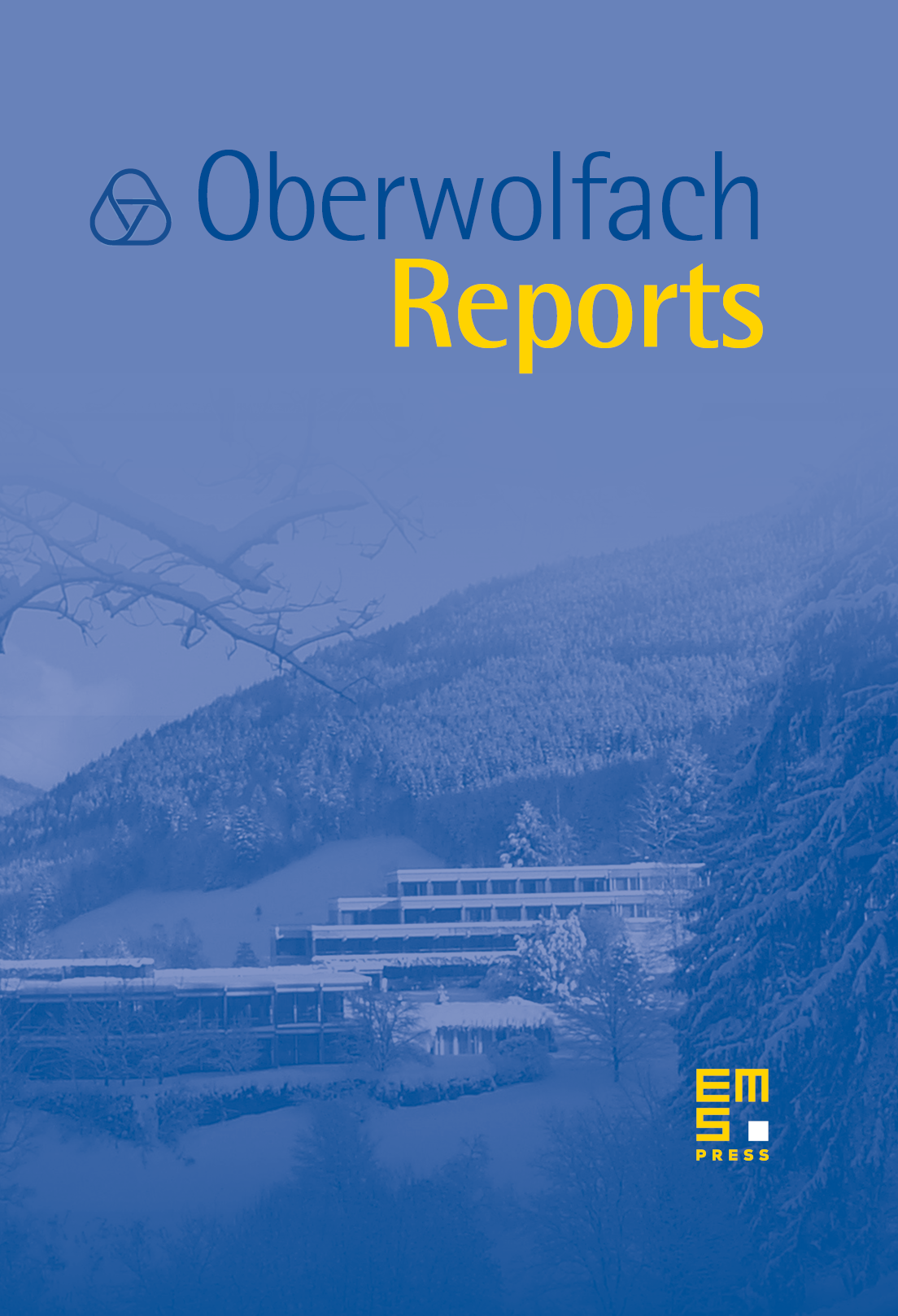Coagulation and Fragmentation Models
Jean Bertoin
Universität Zürich, SwitzerlandJames R. Norris
University of Cambridge, United KingdomWolfgang Wagner
Applied Analysis and Stochastics, Berlin, Germany

Abstract
Historically deterministic equations were used for modelling the dynamics of the density of clusters of different sizes in a medium that evolves by coagulation and/or fragmentation. An alternative stochastic approach uses the distribution of a typical particle in systems undergoing a random evolution. This approach provides tools for deriving limit equations, it easily extends to more general interactions and, finally, it shares the familiar advantages of particle-based methods for computing distributions in high dimensions. The stochastic theory is undergoing intense development, both at a theoretical level, in the construction of models and analysis of their properties, and at a computational level. Major mathematical challenges in the field of coagulation and fragmentation models are related to phase transitions due to fast coagulation (gelation) or fast fragmentation (formation of dust), and to explicit descriptions of the structure of partitions (e.g. allelic partitions induced by random mutations in models for the evolution of populations). A further direction of intensive study is the detailed analysis of particular coagulation and fragmentation processes, where special features (e.g., scaling properties) allow links to be made to Brownian motion and other Lévy processes, also to some interesting problems in random combinatorics.
Major topics that have been discussed during the workshop include :
1. Spatial models of coagulation and fragmentation
Models incorporating diffusion; scaling limits; derivation from particle dynamics; equilibrium measures for coagulation-fragmentation processes; formation of structured particles; diffusion limited aggregation
2. Phase transitions in coagulation and fragmentation models
Gelation effects; shattering transition (appearance of dust in fragmentation); explosion phenomena; computation of the gelation time; uniqueness issues; convergence of particle systems
3. Aspects of random combinatorics
Links to random graphs and trees; genealogy for certain large populations dynamics; mutation and allelic partitions; stochastic coalescents with multiple collisions (-coalescents) and fragmentations
4. Computational issues
Approximation and numerics; analysis of algorithms; Monte Carlo issues around sensitivity in initial conditions and kernel parameters
Cite this article
Jean Bertoin, James R. Norris, Wolfgang Wagner, Coagulation and Fragmentation Models. Oberwolfach Rep. 4 (2007), no. 4, pp. 2727–2790
DOI 10.4171/OWR/2007/46